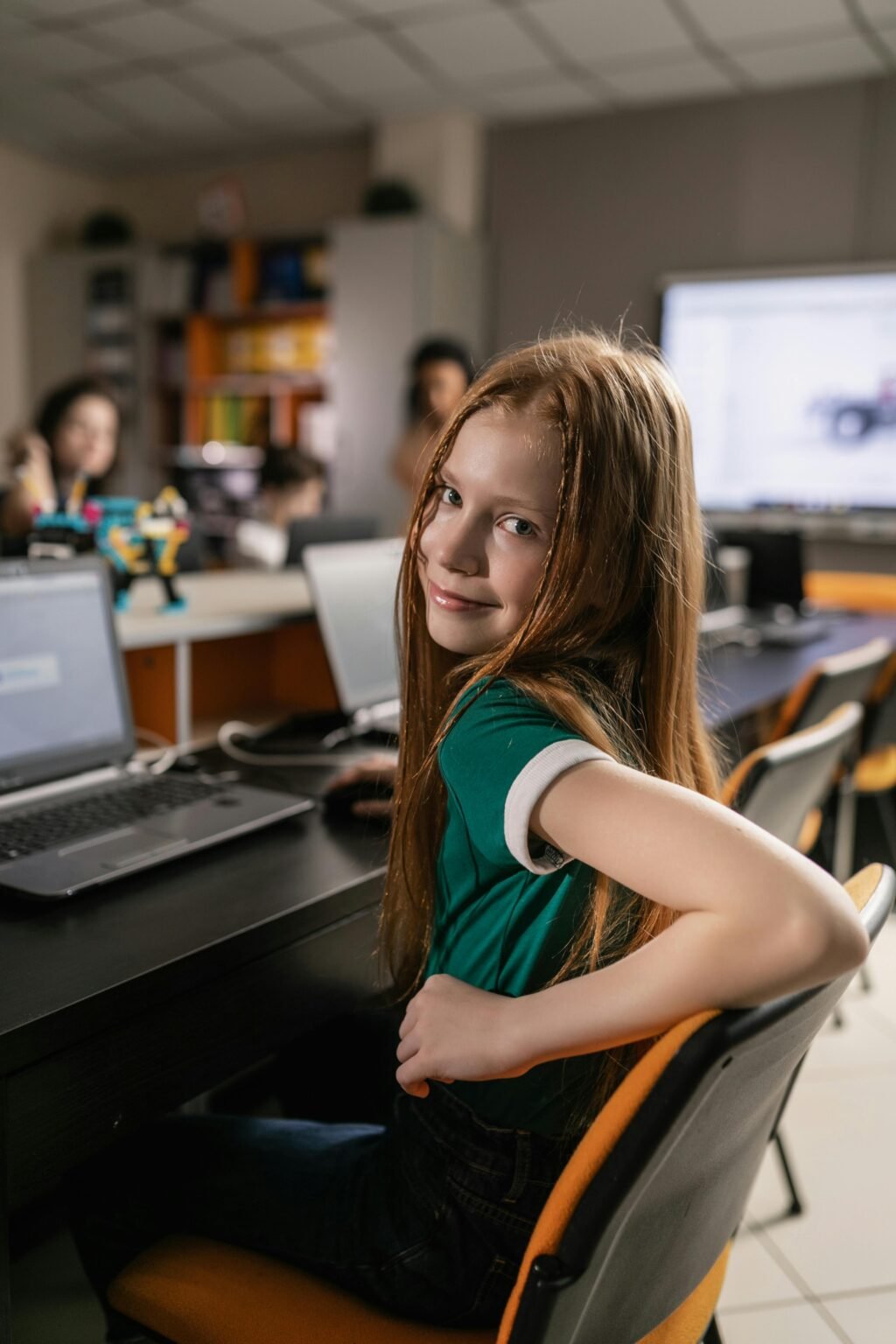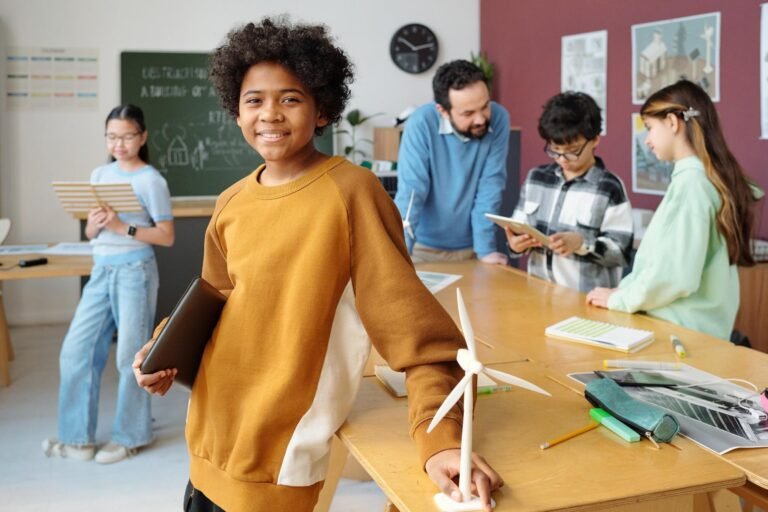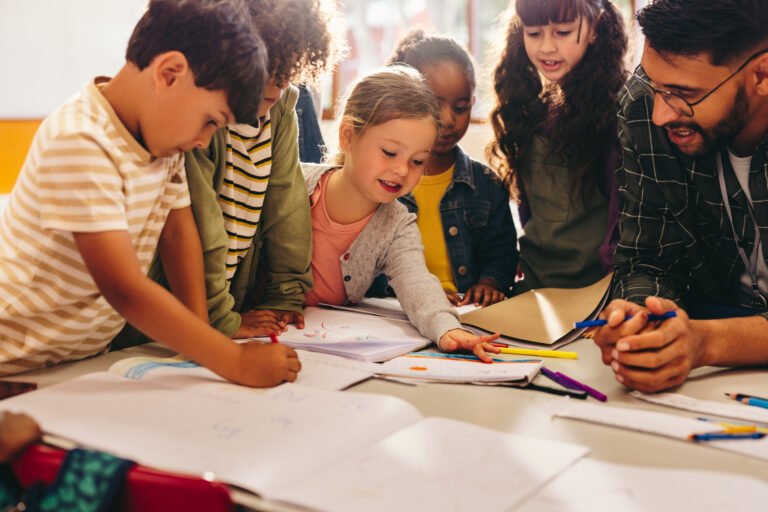
Differentiation in the ELA classroom involves customizing lessons and assignments to meet diverse student abilities and interests, improving engagement and academic growth while supporting varied learning needs through practical strategies like tiered assignments and flexible grouping.
Ever wonder how to make already challenging classes even more engaging? Differentiation in the ELA classroom is like finding that missing puzzle piece that helps every student shine. Whether students are gifted or just at different levels, tailoring rigor can energize both teaching and learning. Let’s dive into how you can make your advanced classes feel fresh and motivating for everyone.
Why differentiation matters in rigorous ELA classes
Ever feel like some students need a bit more challenge, while others might drift if things get too tough? That’s where differentiation comes in — it’s like a tailored workout plan but for the brain. Instead of one-size-fits-all assignments, you mix things up to meet each student where they are.
Honestly, it’s a game changer. Differentiation keeps students engaged by matching tasks to their readiness and interests. You’re not just cranking up difficulty; you’re creating meaningful challenges that help every student grow.
- Boosts motivation: When tasks fit students’ needs, they’re more likely to stay curious and excited about learning.
- Improves outcomes: Studies by the National Education Association show personalized learning can increase student achievement by up to 30%.
- Supports diverse learners: Students with different skill levels or learning styles all get the support and challenge they need.
- Preps for real life: Life doesn’t hand us identical challenges. Differentiation helps students adapt and problem-solve individually.
Think of it like adjusting the thermostat in your home — not too cold, not too hot, just right for comfort and focus. It’s not about working harder, but smarter, which honestly feels like giving your classroom a fresh breath of air.
Practical strategies to differentiate for student needs
Wondering how to make differentiation more than just a buzzword? Here’s the deal — you don’t need fancy tech or tons of prep. Heck, sometimes it’s about little tweaks that make a big difference.
- Use tiered assignments: Create tasks at varying difficulty levels. Let students pick what fits their current skills. It’s like offering different appetizers before the main course.
- Mix up grouping: Try flexible groups based on interests or abilities. Changing groups every now and then keeps things fresh and social. I thought—wait, maybe not all the same faces every day!
- Offer choice boards: Give students a menu of activities. They get to decide how they show what they’ve learned. When students feel in control, engagement often jumps up.
- Incorporate varied texts: Use articles, videos, or podcasts on the same topic but at different reading levels or formats. It’s like picking your own adventure but for learning.
- Use ongoing assessments: Check in often with quick quizzes or discussions. This way, you can tweak lessons before students get overwhelmed or bored.
Remember, it’s about meeting kids where they are—kind of like having a conversation where you really listen and respond.
One study by Edutopia found that classrooms using these strategies saw a 20% boost in student participation. Not too shabby, right?
Wrapping up
When you think about differentiation, remember it’s really about tuning into your students’ unique needs. It’s not about perfect plans—more like small, thoughtful moves that keep everyone learning and growing.
It’s okay if you don’t have it all figured out right away. Like adjusting a recipe, sometimes you need to taste and tweak a bit. The goal is to make the classroom a place where every student feels challenged in a way that works for them.
So here’s a gentle reminder: give yourself space to experiment and learn, too. And hey, it’s okay to not know where to start—just try one small step today. Your students—and you—will thank you for it.
FAQ — your questions about differentiation in ELA classrooms answered
What is differentiation in an ELA classroom?
Differentiation means tailoring lessons to fit each student’s learning style and skill level to keep them engaged.
How can I start differentiating my lessons?
Begin with small steps like offering choice boards or tiered assignments that match different skill levels.
Can differentiation help struggling students?
Yes, it provides support by adjusting tasks to their needs without lowering standards.
Is differentiation time-consuming for teachers?
It can feel that way at first, but small tweaks and ongoing assessments make it manageable and effective.
Should I group students by ability for differentiation?
Flexible grouping based on skills or interests works best and keeps classroom dynamics fresh and supportive.
How do I know if differentiation is working?
Look for increased student participation and improved understanding; studies show a 20% boost with these strategies.

A certified Heal Your Life® Coach with 20+ years in education and emotional development. Supports gifted teens in navigating anxiety, perfectionism, and identity challenges, while equipping parents with practical tools for lasting transformation. Sessions blend emotional healing, mindset mastery, and strategic empowerment.



